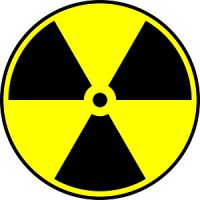Tau PET images accurately correspond to actual changes in the brain, a case study from Lund University, Sweden now confirms. The new promising imaging technique for Alzheimer’s disease and other tauopathies does not only provide an accurate diagnostic tool as compared to other routinely used techniques but also opens up possibilities for the development of more effective drugs.
Patients with Alzheimer’s disease have elevated levels of tau protein, the accumulation of which gradually leads to cell death. It is therefore important that scientists have the most accurate depiction of tau changes in nerve cells. Prior to the current study, which shows that PET reflects the intensity of regional tau neuropathology, we did not have precise knowledge of how well the technique reproduces changes in the brain affected by Alzheimer’s disease or other neurodegenerative diseases associated with the pathological aggregation of tau protein.
Smith and colleagues compared, for the first time, tau PET images with brain tissue from the same person, who died two weeks after scanning. In this patient, a strong positive correlation between the regional in vivo retention of 18F-AV-1451 and the density of tau aggregates visualized with immunohistochemistry in post-mortem brain tissue was found. This provides strong evidence that PET scanning indeed reflects the density of tau pathology.
Although the conclusions are based on a single case, the examination of one patient is sufficient to support that PET imaging provides an accurate depiction of brain changes, since there are areas with a high accumulation of tau and others with lower levels of the protein in the same brain.
The results of the present study provide a basis for improvement in diagnostics and, most importantly, the development of new drugs aiming to reduce the accumulation of tau in brain cells.
Future research plans of Smith and colleagues include tracking tau aggregation in the brain over time and connecting with diagnostics using spinal fluid samples.
Source : Brain
























